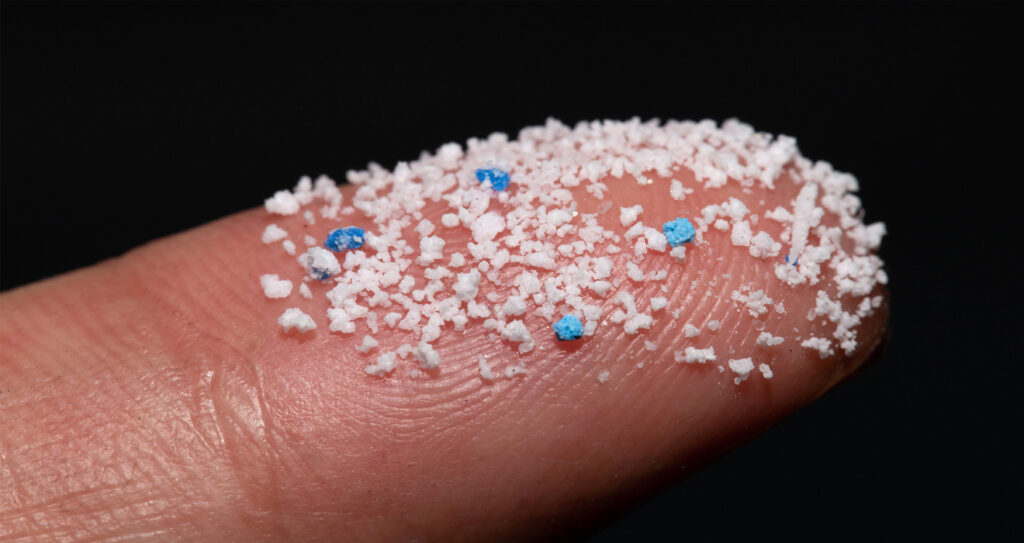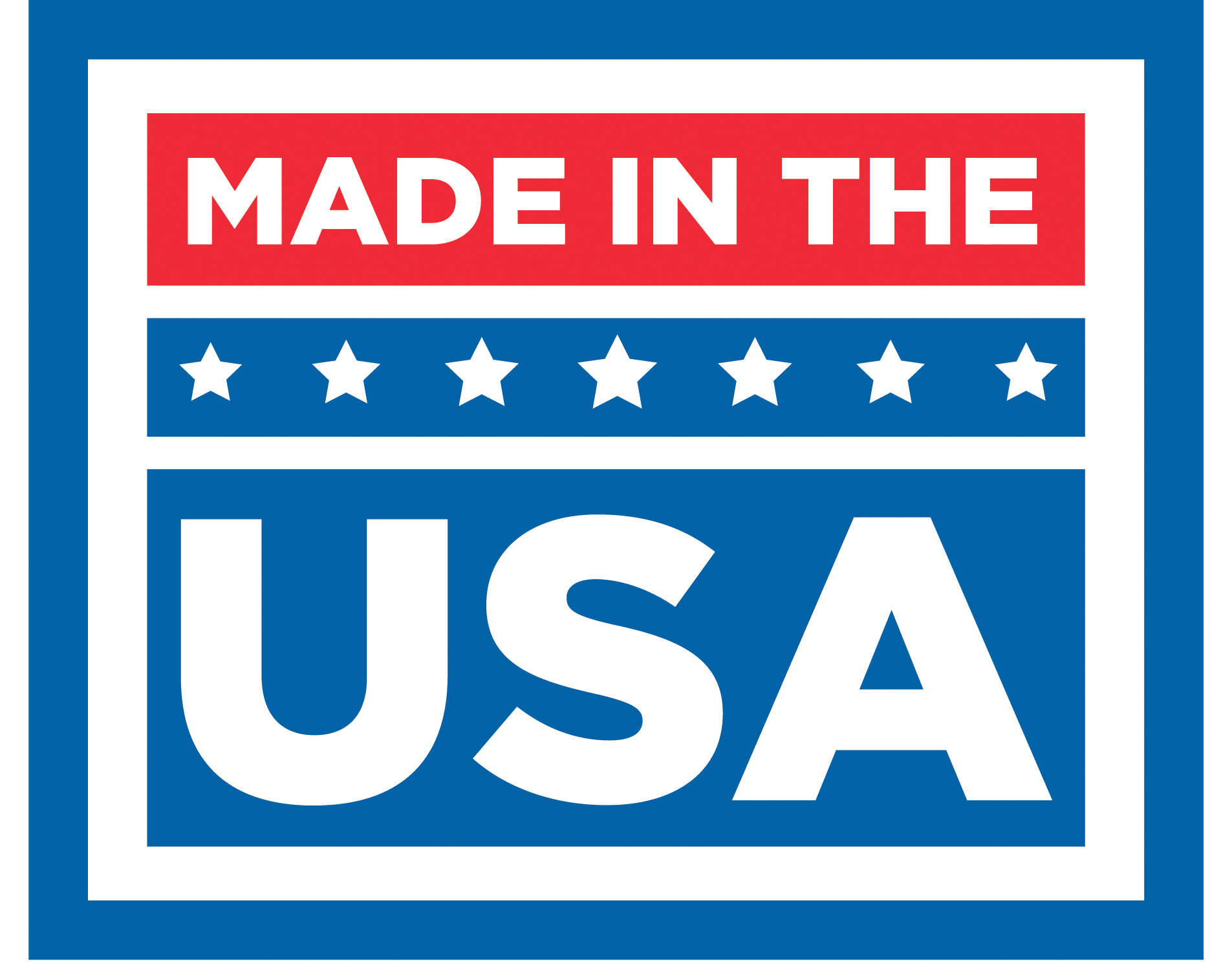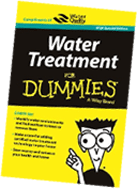
Plastic is the most common debris found in oceans, lakes and rivers. Often mistaken for food by aquatic life and birds, extensive research has been conducted on microplastics released into the environment. However, concerns of microplastics’ adverse health effects on humans have risen. Keep reading this blog to find out how Kinetico products can help protect your family from consuming microplastics and other contaminants that have found their way into your drinking water.
Microplastics In Drinking Water
According to a recent revelation by the WHO, ‘Microplastics are ubiquitous in the environment and have been detected in a broad range of concentrations in marine water, wastewater, fresh water, food, air and drinking-water.’
Another study found that over 80% of the water of 14 different countries contained minute plastic particles at an average of 4.34 particles per liter of water. Unfortunately, the United States topped the list! As part of the hydrogeological cycle, the water discharged from one wastewater treatment plant can make its way to the water intake of a downstream water treatment plant. These microplastics can then pass through the filters at the water treatment plan at each location, or in the case of some large municipalities that do not filter their water, can move right through from the reservoir to the distribution system, ending up in public water supplies.
How Is Kinetico Helping?
The team of engineers at Kinetico make use of the utmost latest technology in a modernly equipped laboratory to carry out water filtration procedures under close observations. Each sample of water passes through several layers of vigorous and closely examined tests and inspections.
Kinetico is fully aware of the threats that water pollution imposes on human life and the Kinetico K5 Drinking Water Station was carefully curated to resolve this problem. The K5 uses a multi-level filtration process to deliver the safest, cleanest and purest form of water. Untreated water first travels through a sediment pre-filter where it significantly reduces particulates greater than 5 microns. It then travels through the reverse osmosis (RO) membrane which addresses smaller contaminants like metal ions and aqueous salts that are less than 0.001 micron in size – much smaller than a 1-micron microbead.
What Are Microplastics?
The National Oceanic and Atmospheric Administration (NOAA), defines microplastics as plastic debris less than five millimeters in length, about the size of a sesame seed.
Microplastics can originate from a variety of sources including microbeads in health and beauty products, toothpaste and tires. They are also formed when larger plastic products, such as soda bottles, have broken apart.
Microplastics are categorized into two categories: primary and secondary. Manufactured to be extremely small, the primary microplastics are utilized for specific purposes, such as cleansers. Secondary microplastics come from the breakdown of single-use plastic items, such as cups, straws, silverware and polythene bags.
How Do These Microplastic Enter Water?
Microplastics enter natural waterways, such as the ocean, through various methods including the littering of single-use plastic products and a lack of recycling efforts. However, they are primarily transferred through the four major processes below:
- Deterioration of larger plastic fragments such as cordage and films over time due to mechanical forces in the seas, such as wave actions, grinding on high energy shorelines
- Direct release of microparticles from abrasives in households, personal care, industrial cleaning products and plastic fibers from clothing. The plastic fibers from synthetic clothing can pass through your washing machine and the filters at the wastewater treatment plant and eventually make their way to natural waterways as discharge from the treatment plant.
- Discharge of macerated waste or sewage sludge
- Accidental loss of industrial raw materials, prefabricated plastics in the form of pellets or powder, during trans-shipment, at sea.
How Harmful Are Microplastics For Marine Life?
Microplastic poses a direct threat to marine life. Microplastic in the oceans can carry organic micropollutants such as nonylphenols, along with secondary pollutants absorbed from the sea waters like Polychlorinated biphenyls (PCB’s) and Dichlorodiphenyldichloroethylenes (DDE’s). These toxins can easily be consumed by the fish, which can gradually fill up their tissues and causes irritation and damage to their digestive systems, leading to death.
How Harmful Are Microplastics For Humans?
As much as microplastics are detrimental to aquatic life, it is harmful to humans in a similar manner. Given the fact that microplastics are often invisible to the human eye, it is relatively easy for us to consume them without even realizing it. A common way to ingest these dangerous plastic particles is fish. A study conducted on microplastics shows that an average seafood consumer consumes 11,000 plastic particles a year.
Consume water that is free from microplastics and request a quote for K5 Drinking Water Station. Take a step further and book yourself a water test with your local Kinetico Water Consultant to learn more about your water or which water filtration system is best for your home.





